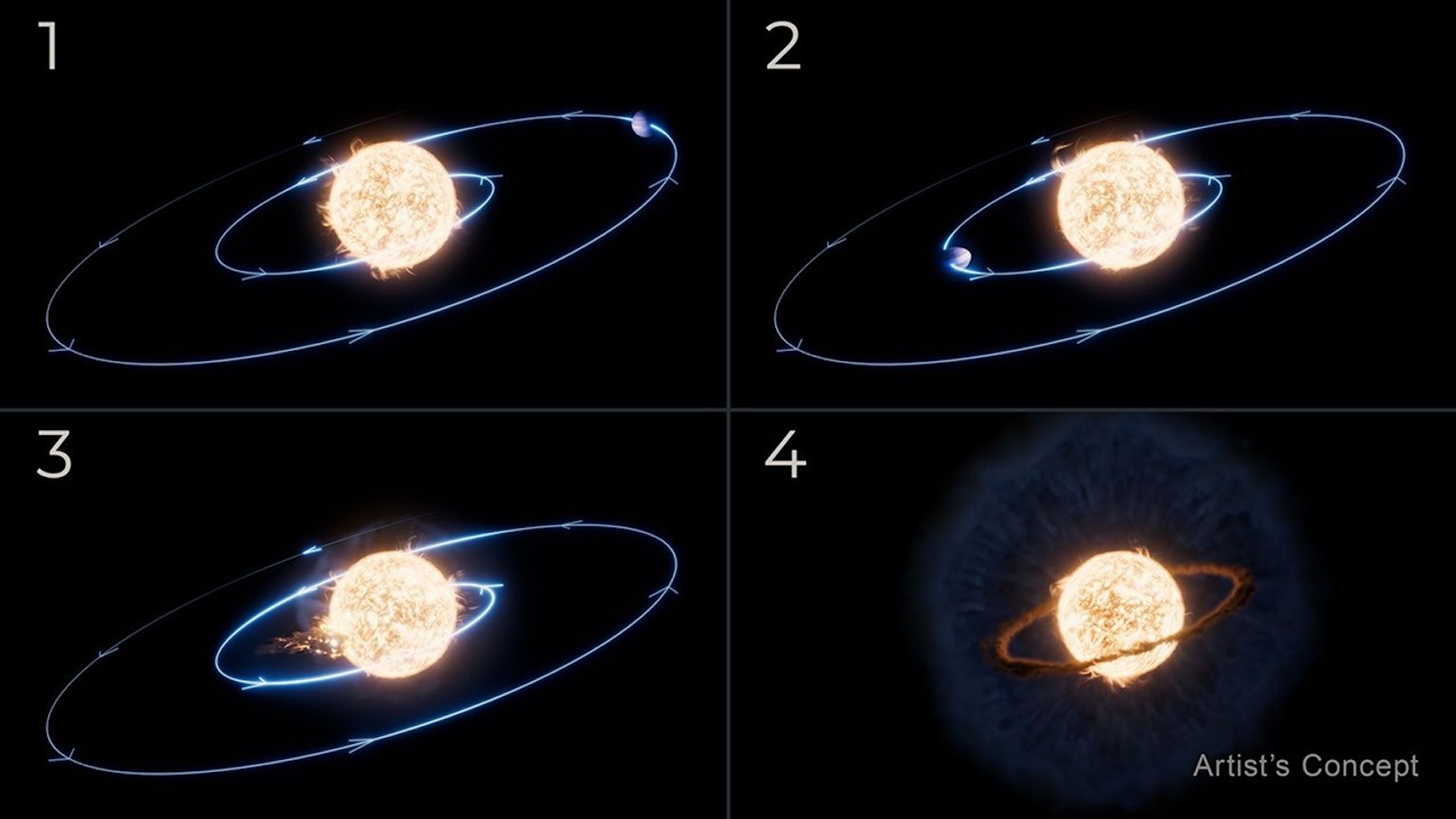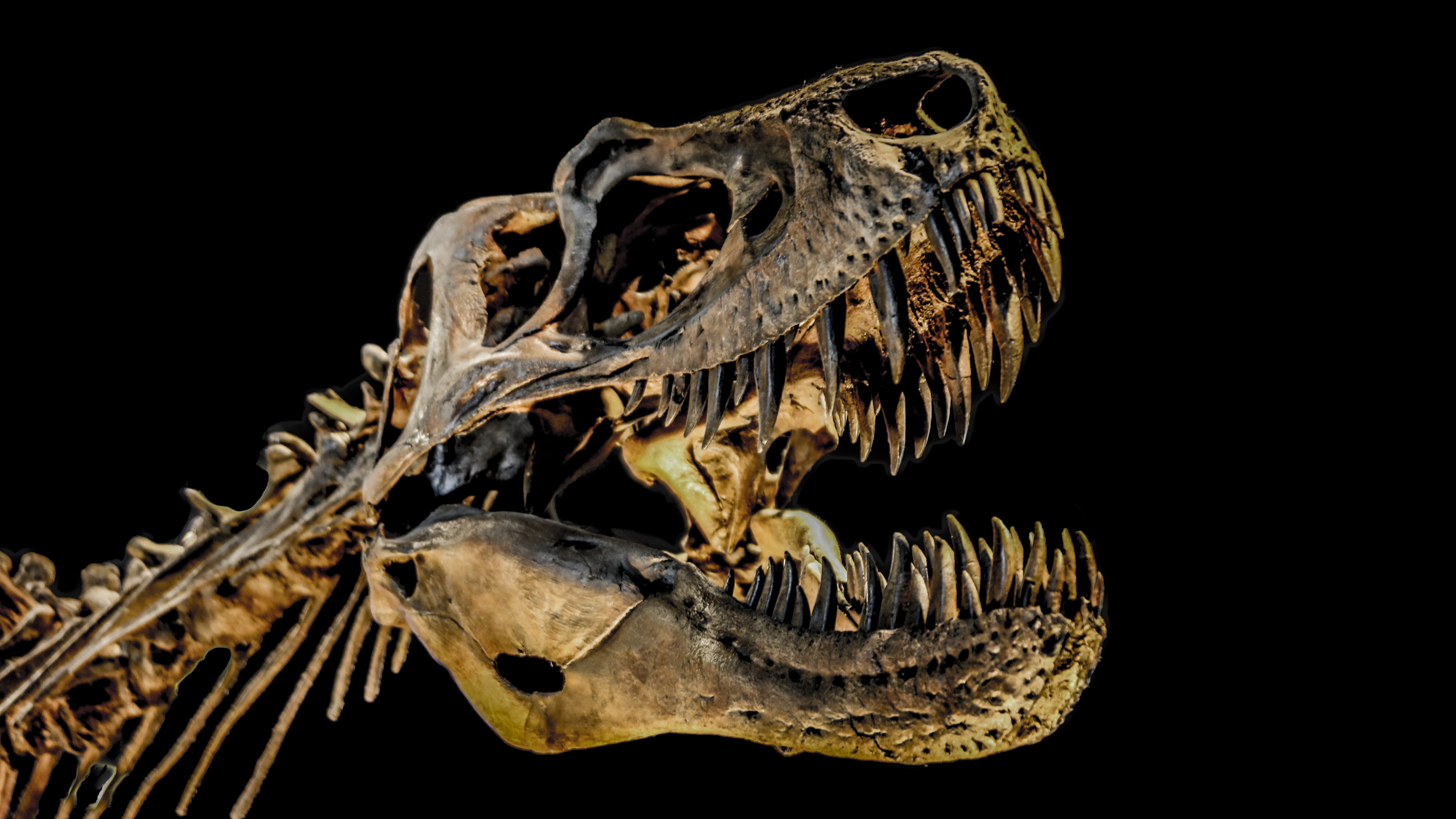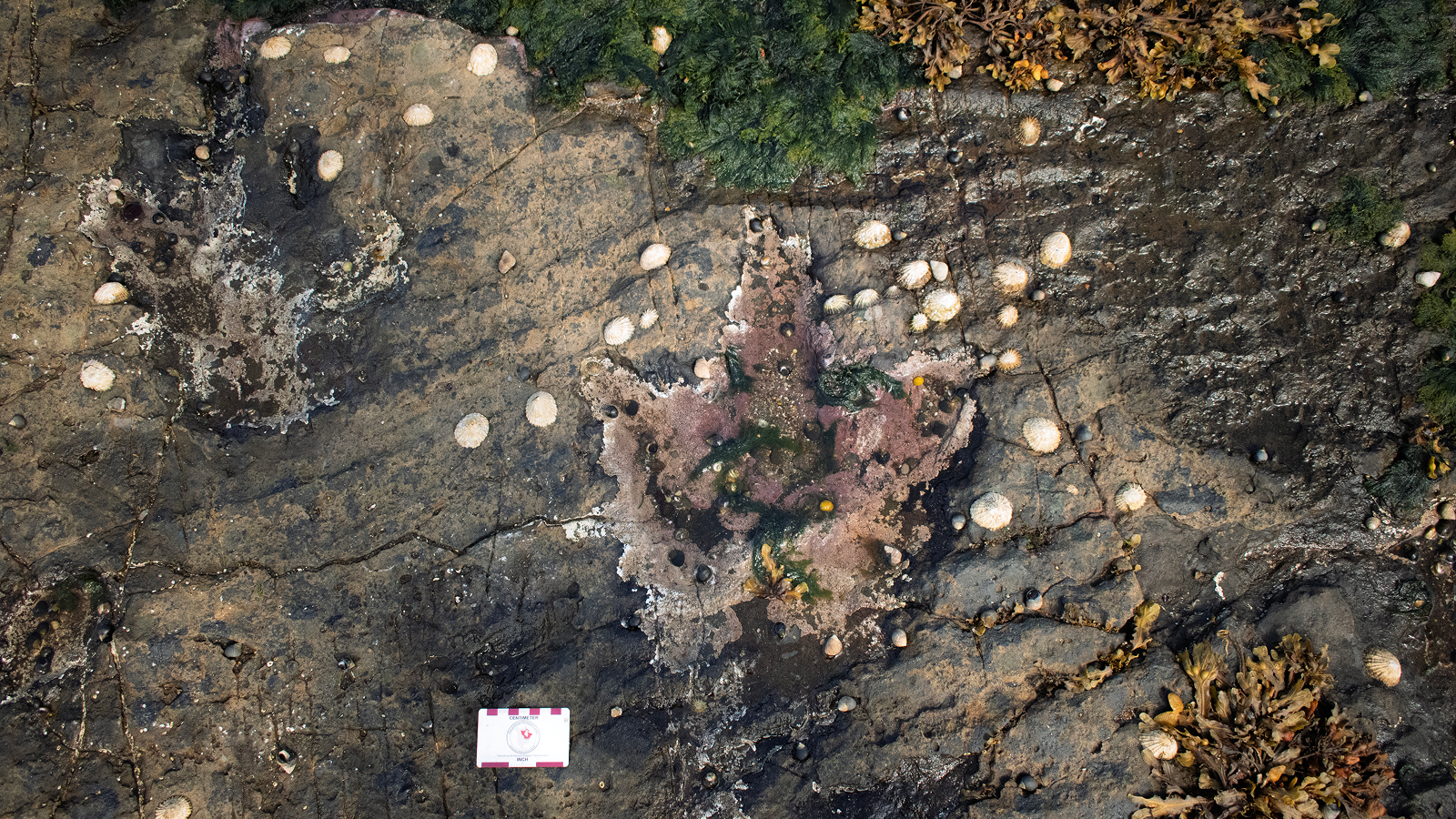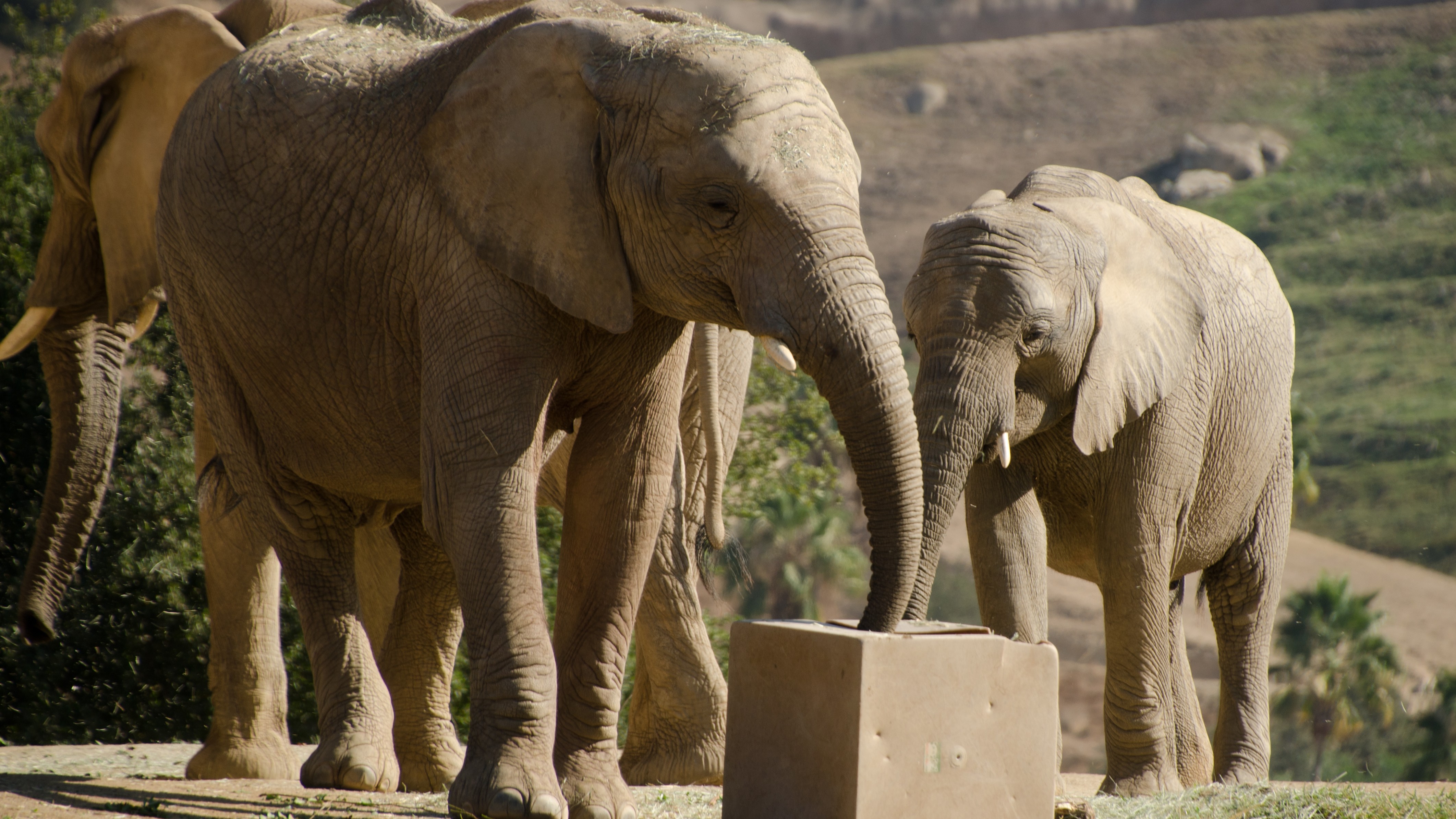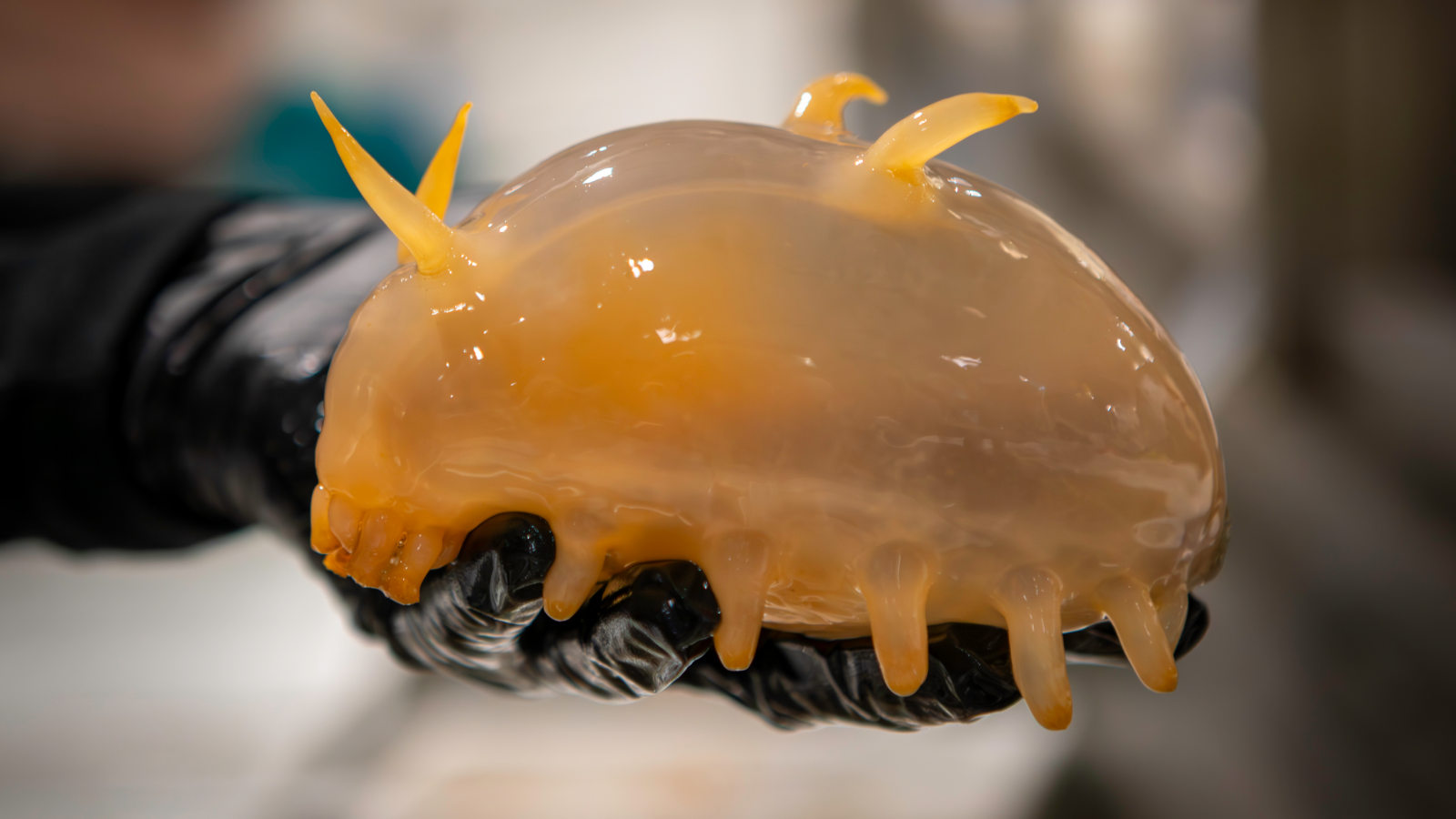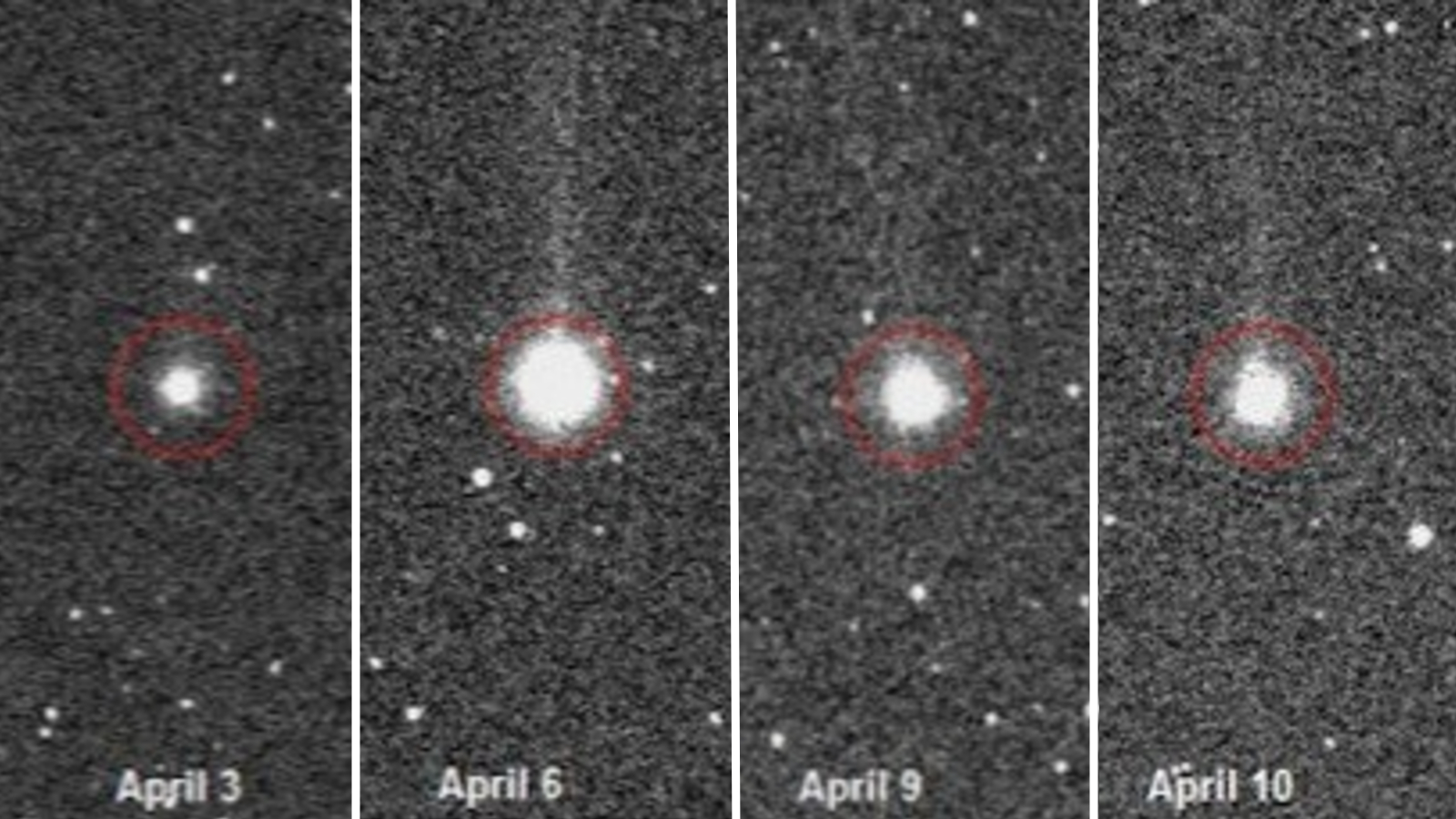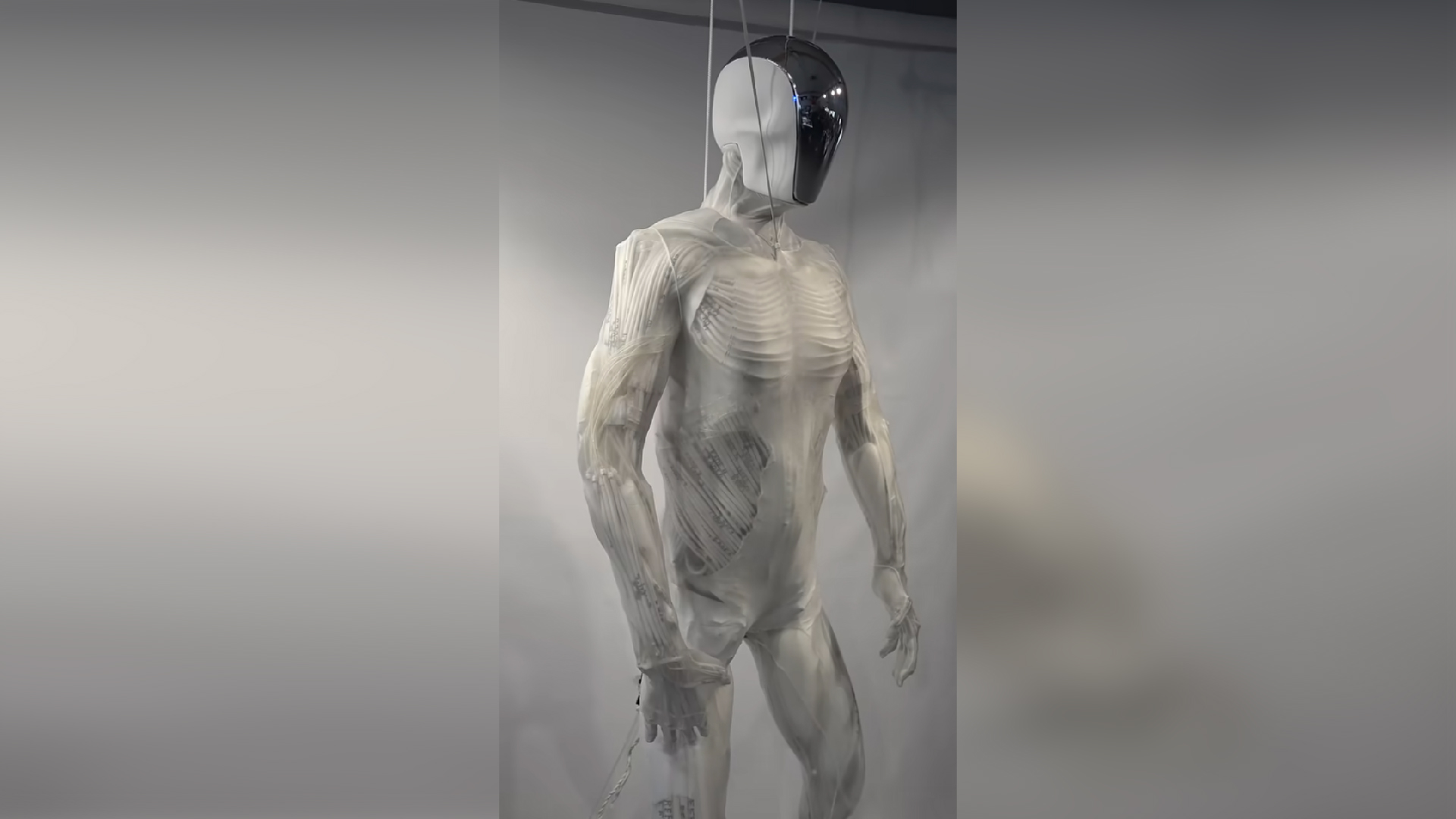NASA supercomputer reveals strange spiral structure at the edge of our solar system
The mysterious Oort cloud is the source of many of our solar system's comets, but astronomers still have no idea what it looks like. Now, new simulations may have given them a first glimpse.
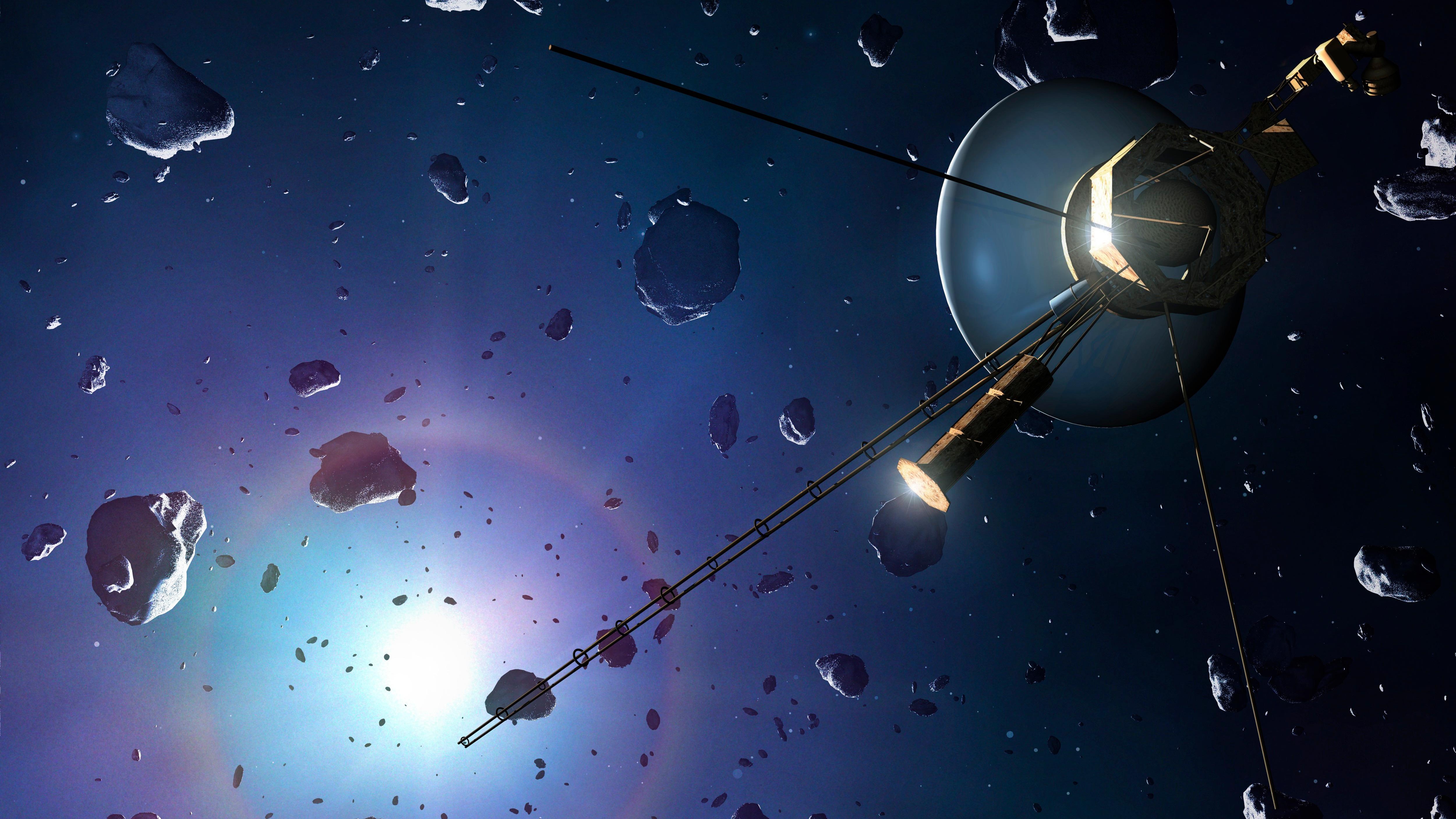
The Oort cloud — the mysterious shell of icy objects at the edge of the solar system — might sport a pair of spiral arms that make it resemble a miniature galaxy, new research suggests.
The exact shape of the Oort cloud and how it is affected by forces beyond our solar system have, so far, remained mysterious. Now, researchers have developed a new model that suggests the inner structure of the Oort cloud may look like a spiral disk. They published their findings Feb. 16 on the preprint server arXiv, meaning the work has not been peer-reviewed yet.
The Oort cloud began as the unused remnants of the solar system's giant planets (Jupiter, Neptune, Uranus and Saturn) after their formation 4.6 billion years ago. Some of these remnants are so large, they could be considered dwarf planets.
As these planets began orbiting the sun, their movements kicked the excess material far beyond Pluto's orbit, where they reside today. The Oort cloud's inner edge sits roughly 2,000 to 5,000 astronomical units from the sun, and its outer edge is located between 10,000 and 100,000 AU away. (One AU is approximately 93 million miles, or 150 million kilometers — roughly the average distance from Earth to the sun.)
Related: Planet Nine: Is the search for this elusive world nearly over?
This means that, even at its current speed of around a million miles (1.6 million kilometers) a day, NASA's Voyager 1 spacecraft won't reach the Oort cloud for 300 years and won't exit it for another 300,000.
This extreme distance means the bodies in the cloud are too small and faint — and moving too slowly — to be directly imaged even by the most powerful telescopes. Most of our evidence for it comes from long-period comets — "snowballs" of ice and dust punted from the cloud to orbit around the sun by gravitational perturbations.
Sign up for the Live Science daily newsletter now
Get the world’s most fascinating discoveries delivered straight to your inbox.
Spirals within spirals?
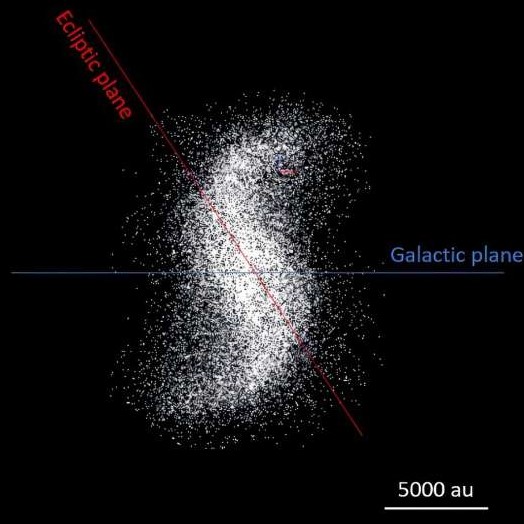
To better understand what the Oort cloud could look like, the researchers behind the new study used information from the orbits of comets and gravitational forces from within and beyond our solar system to build a model of the Oort cloud's structure.
One key to understanding the shape of the Oort cloud is "galactic tide" — the tugs made by stars, black holes and our galaxy's center that have a crucial influence on the Oort cloud's objects but, for objects closer to the sun, are masked by our star's gravity.
When the scientists ran this model through NASA's Pleiades supercomputer, it spit out a structure for the inner part of the cloud (the most densely populated region, located 1,000 to 10,000 AU from the sun) that resembles the spiral disk of the Milky Way. According to the model, the arms of this inner Oort cloud stretch 15,000 AU from end to end.
To confirm this structure through observations, researchers will need to track the objects directly or pick out the light reflected from them from all the other background and foreground sources. Both are incredibly difficult tasks that have yet to have any resources dedicated to them.
But the researchers think that, if we are to understand where comets come from, how our solar system evolved and the cloud's continuing impact on our cosmic neighborhood, it might be a good idea to start looking.
Solar system quiz: How well do you know our cosmic neighborhood?

Ben Turner is a U.K. based staff writer at Live Science. He covers physics and astronomy, among other topics like tech and climate change. He graduated from University College London with a degree in particle physics before training as a journalist. When he's not writing, Ben enjoys reading literature, playing the guitar and embarrassing himself with chess.
You must confirm your public display name before commenting
Please logout and then login again, you will then be prompted to enter your display name.
